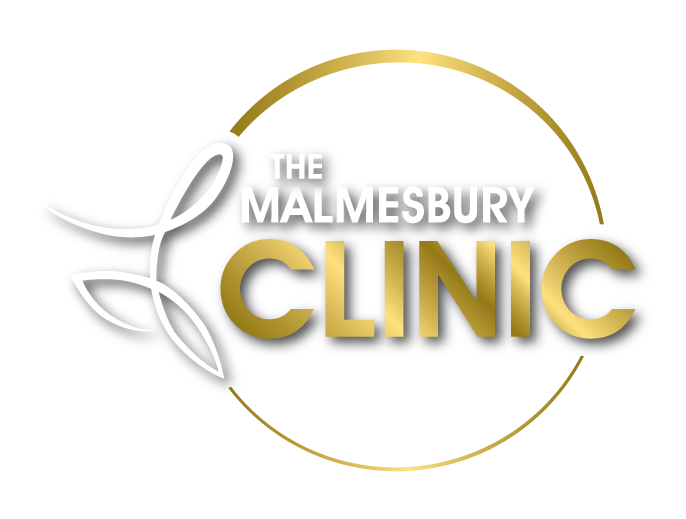
What is Osteopathy?
Osteopathy is an extremely safe, ‘hands-on’ form of complementary and alternative medicine, that focuses on the body’s relationship between organs, joints, ligaments, muscles and tendons. Osteopaths spend four to five years training at University where they develop finely tuned skills of palpation, or touch, to find and assess areas of tension, strain or weakness and imbalances within the body.
Palpation is used in conjunction with specific medical tests to form a diagnosis and treatment plan tailored to each individual and their problem. A variety of safe and gentle techniques are used to increase joint movement, soft tissue and spinal flexibility and improve circulation, alongside providing lifestyle advice and specific exercises relevant to the individual and their condition. Research has shown that Osteopathy can be highly effective in helping with a wide range of conditions from headaches to back pain and disorders of the musculoskeletal structures throughout the whole body. Osteopaths aim to identify and address the cause of dysfunction rather than just treat the symptoms, with the over-riding philosophy that they are treating the individual as a whole rather than just the area of pain or restriction.
Osteopaths have been regulated by statute since 1993 and are required by law to be registered with the General Osteopathic Council (GOsC). It is therefore a criminal offence to treat under the ‘Osteopath’ title unless you have completed and passed the full course provided by an osteopathic institution that has been accredited by the General Osteopathic Council (GOsC). The four to five year masters degree (M.Ost) includes over 1,000 hours of osteopathic technique training and a further 1,500 hours of clinical application with real patients in clinic before qulliafying. Osteopaths must then provide evidence of the strict annual continual professional development (CPD) requirements to remain registered with the GOsC. The UK National Institute for Health and Care Excellence (NICE) recommends spinal manipulation for lower back pain. Osteopaths are trained to offer this form of treatment.
Patients have the same confidentiality and rights when seeing an Osteopath as they do when seeing a doctor or dentist. Osteopaths are primary health care practitioners which means that you do not have to have a referral from a GP or specialist to have treatment. An Osteopath will carry out a full case history, assessment and diagnosis during the initial consultation. The primary concern is patient safety, and patients will be referred on if Osteopathy is not deemed an appropriate form of treatment for a particular condition.
Osteopaths see people of all ages, including babies, pregnant women, the elderly and elite athletes.





